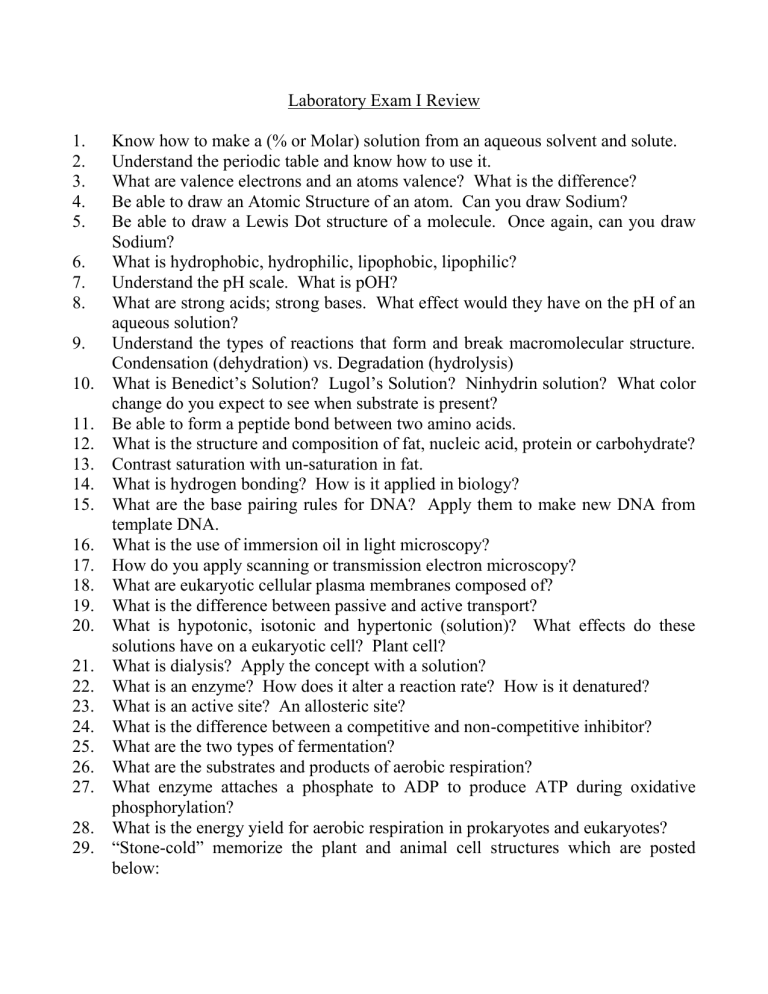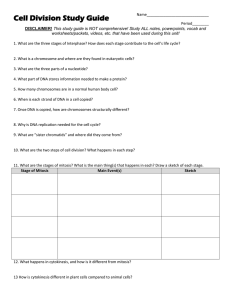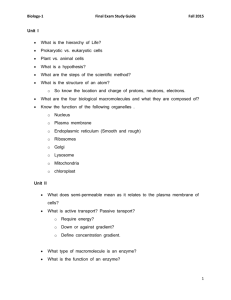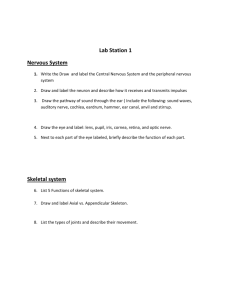Laboratory Exam I Review.doc

Laboratory Exam I Review
1.
Know how to make a (% or Molar) solution from an aqueous solvent and solute.
2.
Understand the periodic table and know how to use it.
3.
What are valence electrons and an atoms valence? What is the difference?
4.
Be able to draw an Atomic Structure of an atom. Can you draw Sodium?
5.
Be able to draw a Lewis Dot structure of a molecule. Once again, can you draw
Sodium?
6.
What is hydrophobic, hydrophilic, lipophobic, lipophilic?
7.
Understand the pH scale. What is pOH?
8.
What are strong acids; strong bases. What effect would they have on the pH of an aqueous solution?
9.
Understand the types of reactions that form and break macromolecular structure.
Condensation (dehydration) vs. Degradation (hydrolysis)
10.
What is Benedict’s Solution? Lugol’s Solution? Ninhydrin solution? What color change do you expect to see when substrate is present?
11.
Be able to form a peptide bond between two amino acids.
12.
What is the structure and composition of fat, nucleic acid, protein or carbohydrate?
13.
Contrast saturation with un-saturation in fat.
14.
What is hydrogen bonding? How is it applied in biology?
15.
What are the base pairing rules for DNA? Apply them to make new DNA from template DNA.
16.
What is the use of immersion oil in light microscopy?
17.
How do you apply scanning or transmission electron microscopy?
18.
What are eukaryotic cellular plasma membranes composed of?
19.
What is the difference between passive and active transport?
20.
What is hypotonic, isotonic and hypertonic (solution)? What effects do these solutions have on a eukaryotic cell? Plant cell?
21.
What is dialysis? Apply the concept with a solution?
22.
What is an enzyme? How does it alter a reaction rate? How is it denatured?
23.
What is an active site? An allosteric site?
24.
What is the difference between a competitive and non-competitive inhibitor?
25.
What are the two types of fermentation?
26.
What are the substrates and products of aerobic respiration?
27.
What enzyme attaches a phosphate to ADP to produce ATP during oxidative phosphorylation?
28.
What is the energy yield for aerobic respiration in prokaryotes and eukaryotes?
29.
“Stone-cold” memorize the plant and animal cell structures which are posted below:





